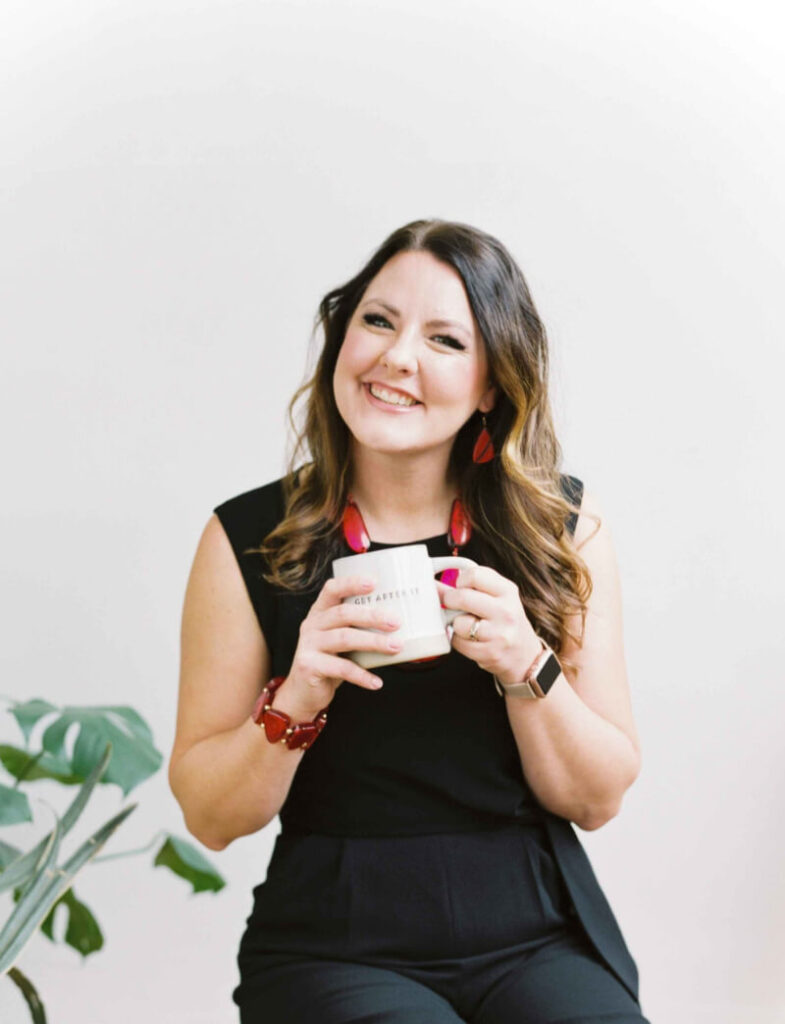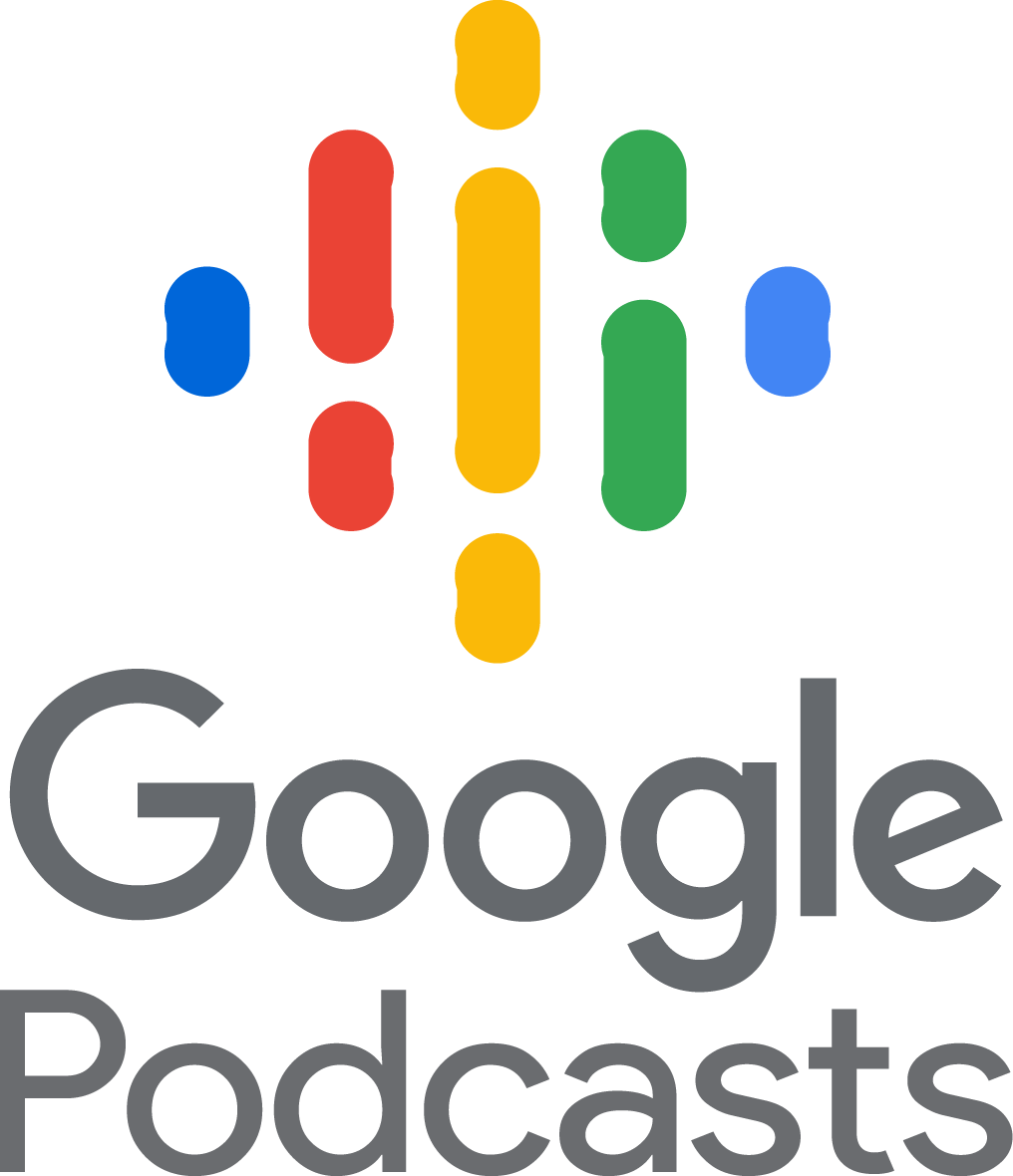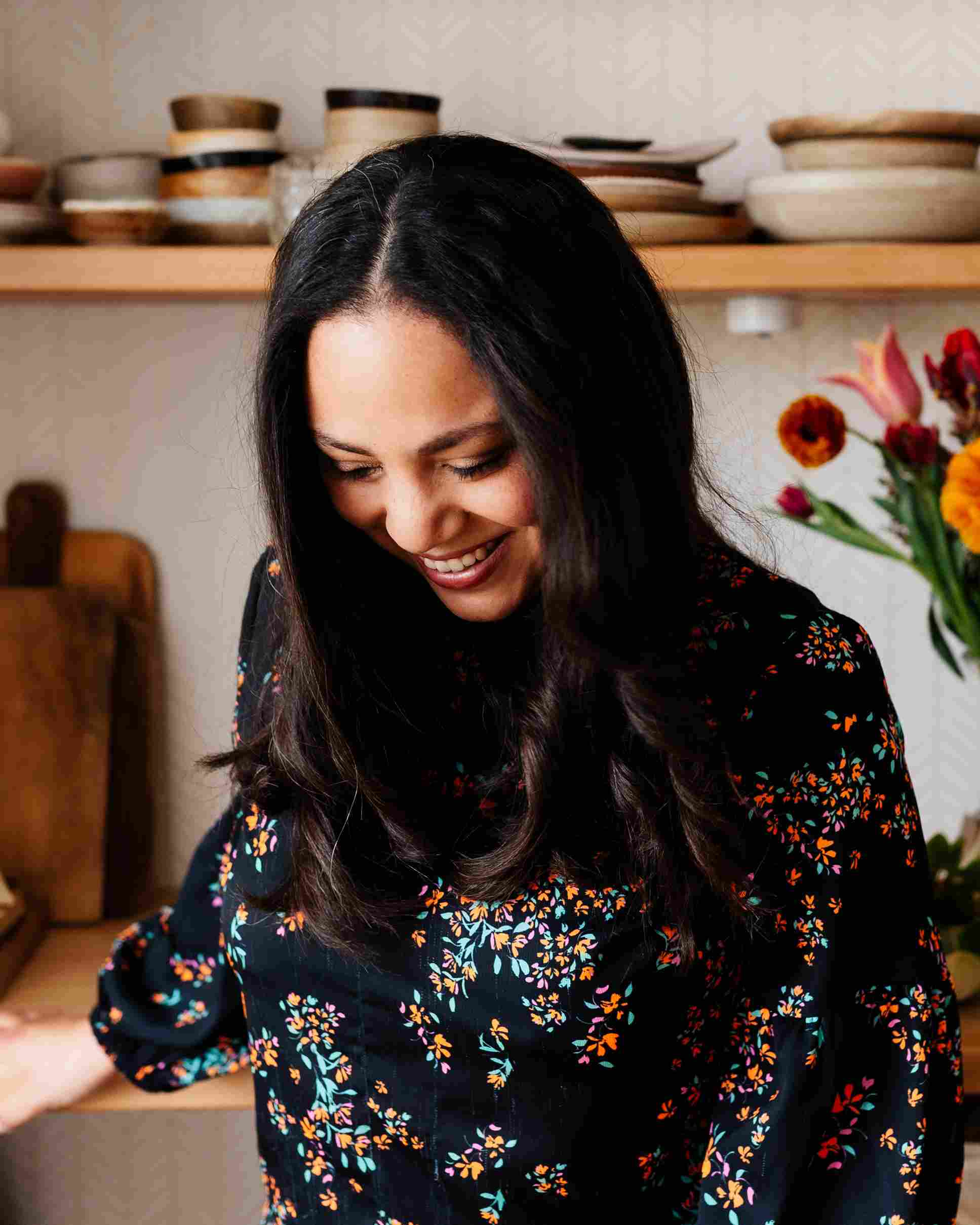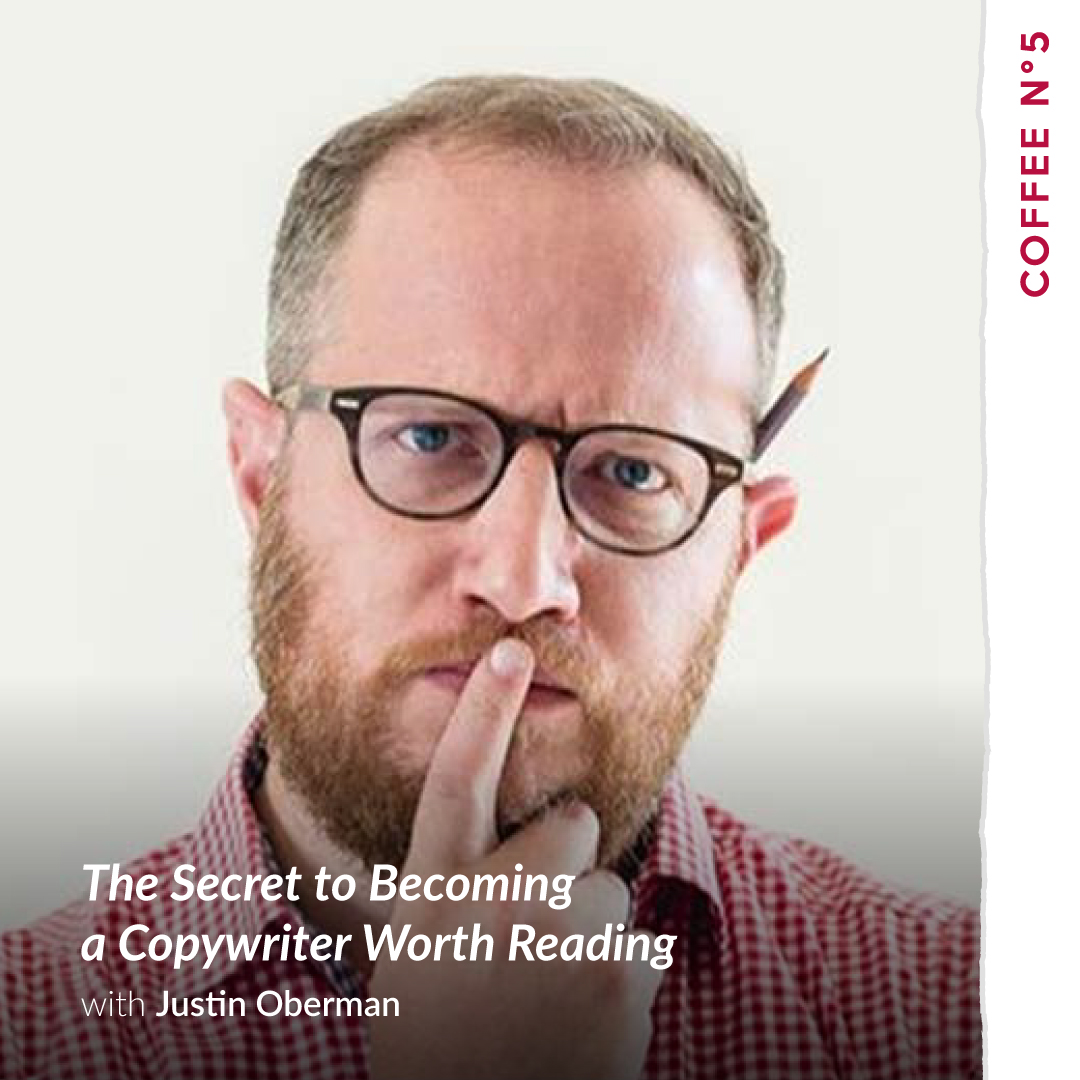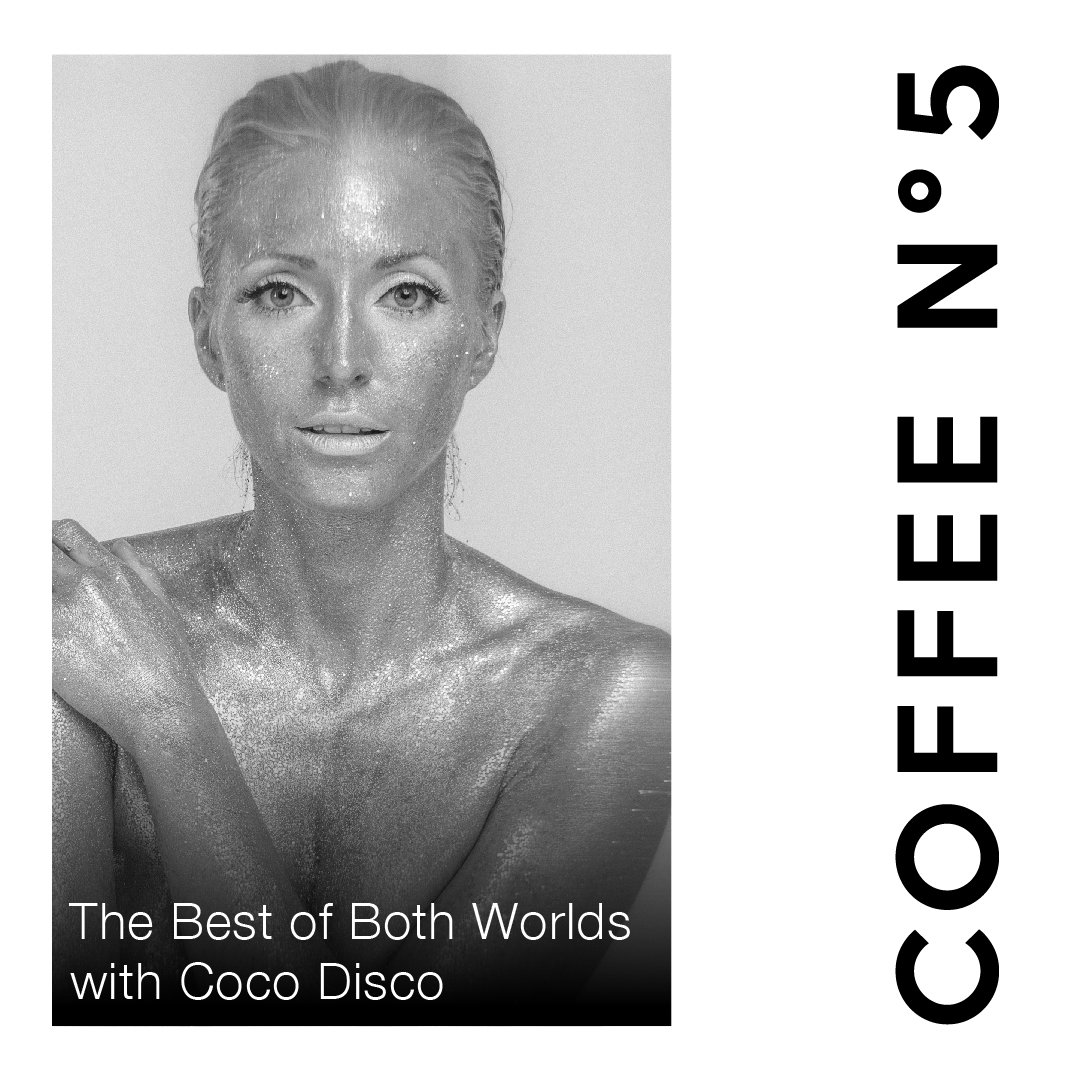Lara Schmoisman
Hi, everyone. Welcome back to coffee number five. And, you know, so many times I’m sipping my coffee and you know, you’re looking about renewing your house, or maybe getting something for your pet for his birthday, that is turning 10. So I know I was looking for ideas out there. And I always go back to Pinterest, of course, I need to pin and then to make my selection. And then of course, I need to compare my ideas and to make decisions, decisions decisions. I hate that decisions anyway, because they so much I end up painting so much, and I never know what to decide at the end. But Pinterest is so much more than that. Pinterest. And I always say that a lot of people think that Pinterest is social media, and it’s not. So today I brought in Kate Ahl welcome, Kate, thank you so much for having coffee with me. And let’s start Pinterest. I mean, you’re a Pinterest expert, you have an agency, you Okay, give us a little background of who you are. And welcome.
Kate Ahl 1:22
Yeah, thank you for having me. I actually started my Pinterest business back in 2014, to help people figure out how to use it because like you said they were confused by is it social media? Is it not? How do I use it? And so we began to dive into learn, how can a business market their products or their content on the platform. And we’ve spent the last eight years doing that. So we teach people how to invest in Pinterest the right way, so that they’re not wasting their time. And they are leveraging it to get in front of those people, like you said, are searching for ideas are searching for products, so they can really grow their business.
Lara Schmoisman 2:02
Yeah, I mean, I something that we need to put out there is that, like I always say, again, marketing is about two things, relevance search engine to find you and authority show the that you’re the best in doing what you do. It’s that simple digital marketing, but get it right is not that simple. Because nobody is going to be in an annex and attract the pain or something that doesn’t show a good idea. But also what many people don’t know about at the search engine is that they, they’re starting to be there, but they’re not quite brave images. So it really need to give a lot of data to that image or that pin. So people can find that when you do your search, your search is still done by keywords.
Kate Ahl 2:53
Yes, absolutely. And the other thing that I think that people often misunderstand about Pinterest is that the user is thinking of the future. They’re not really ready to take action right away. They’re kind of gathering a bunch of ideas, and they’re trying to figure out, am I going to purchase this in the future? Or am I going to use it in the future? And so they’re very much future focused. And they’re also not brand focused? So 97% of searches on Pinterest are unbranded. So they’re looking for the qualities and the features of what it is that you produce or talk about instead of your actual brand.
Lara Schmoisman 3:30
Yeah, they don’t care about that. I mean, I always say that the the pin needs to be branded. Yes. But when you put that information, or people are not looking for brands, they’re looking for some pain points or their questions what they want to resolve. Let’s go to the basic because this is I think, the first step to knowing Pinterest, which is what a rich pin,
Kate Ahl 3:56
Okay, so a rich pin is something that Pinterest created, I want to say five or six years ago to help create this little extra piece of data that went along with those who were pinning a pin to Pinterest, you have to have a business account to get them. So this is number one that I tell everybody is when you start on Pinterest as a business, get a business account right away. Because you get access to analytics, you get access to ads, and you get access to rich pins. And the rich pins just gives data and context to the platform about what your pin is about. So you can apply for them. Just simply Google get rich pins on Pinterest and it will walk you through each and every step to do it. But also make sure that people don’t steal your pin which is something that the platform has struggled with is scrapers will come along and they will grab an image and they’ll redirect it to a different site. So the rich pin keeps that data right there for your pin and it makes sure it goes only to your website.
Lara Schmoisman 4:59
This is is really important because this is how we can see and analyze if what we’re doing is working or not.
Kate Ahl 5:06
Yes. Yeah, correct.
Lara Schmoisman 5:09
Also there is, we need to create some more movement in our boards, we cannot just drop panes and leave them there. So can you explain a little bit of why we need to create this movement? And why? What’s Pinterest thinking? And how much movements we need to create?
Kate Ahl 5:27
Yeah, so in each of your profiles, so after you get your business account set up, you can create boards. So the board name, think of them as kind of a silo for where you’re going to put everything that has to do with pet gifts. Let’s go on that. Yep. So then the algorithm looks at the name of the board. And then they look at the pins that you pin inside that board and see that they’re all surrounding pet gifts. So then if somebody on Pinterest is searching for best gifts for pets, Pinterest then can read the key words and all the information in there and share with them pins to their feed or in their search feed that would be relevant. So the reason why we create more pins, and we add keywords to our descriptions or our titles is that with that search and discovery that we talked about, that allows the algorithm to work on Pinterest, so that they can serve up the right content in the right places.
Lara Schmoisman 6:27
I know that as an agency owner, I use Pinterest a lot for my clients, it’s an a fabulous way of driving traffic.
Kate Ahl 6:37
Yeah, 100%.
Lara Schmoisman 6:38
But it’s not an easy way to create that perfect team, it’s there is a lot involved in creating a B in that really is going to create that traction. So what are the steps to get that? I don’t know if I will say perfect because there is no perfect team. But that being that has all the steps and everything to actually become a good team that is going to create traffic to your site.
Kate Ahl 7:06
Right. So number one, it’s the size. So always wants to be a vertical image, you don’t want to take a square image because Pinterest wants it to be vertical. And that’s the way you can see it best in the feet. So that’s number one. Number two is going to be something that connects with the user, the pinner very quickly. So that could be the image in a lifestyle setting. Let’s say we go back to that pet gifts, it could be a picture of a pet with a little present in front of it, or maybe a dog bone with a bow around it. That image creates an immediate connection with the printer, we say it has to be similar to billboard advertising. So if you’re driving by on the freeway, you have a connection with a billboard. It’s very similar on Pinterest, if you’re scrolling by that connection with the image to know right away,
Lara Schmoisman 7:57
I love that you said that because a lot of people are confusing Pinterest with all their social media. And so they believe that everything needs to be organic, which is true in other social medias, organic works better. But I love that compared with a billboard because in Pinterest, the user is looking for something different.
Kate Ahl 8:19
Yes, yes. And they’re very much in the if I go to Instagram, I’m ready to get lost in somebody’s life. Maybe I follow you and I want to learn about what you’re doing. And I’m open to reading, I see an image and I read below to get context where on Pinterest, I have a specific thing that I’m looking for. And I’m making sure that image matches what it is I’m looking for, before I even read. You can certainly put text on your image, you could say the best gifts for pets, but whatever’s in there is going to connect with my brain to say yes, this is the right thing, or no, it’s not the right thing. So the next element is that text to give it context, the best gifts for dogs, right? And then after that, it’s your branding. So this can be your colors, your font and logo placement somewhere on that image to where they begin to get brand recognition if they potentially see that image over and over.
Lara Schmoisman 9:20
Pinterest will be the only place that I will say it’s okay to put your branding. Now. I will never put a logo in social media but in Pinterest, I will totally do to also the problem that you said that you had before people still in your images. Yes. So you want to make sure that everything is reference to your business. There is a lot of people that they use quotes. They use infographics so what really works in Pinterest.
Kate Ahl 9:54
Yeah, quotes are great for saves. So there’s saves and clicks are the two main things that we’re looking for pinners to do, quotes get saved because people want to remember them. But they don’t take action to click through to a website. If you’re looking for somebody to take action, they need more context, they need to read more or learn about a product you want them to click, the quote isn’t really going to help with that infographics the same, it gives all the information on the pin image. So I as a pinner, am not inspired to click to your website. So when you use those, you want to use them sparingly just to create saves, it’s just a thing that some people say you can do, we don’t use that a lot in our practice as much anymore. We more go to the image that I just talked about, to give just a tiny bit of context, but really leading them down the path of wanting to learn more about what it is I sell, or I talk about, because on my website is really where I’m going to do the bulk of the conversation with the pinner.
Lara Schmoisman 10:58
Absolutely. Let’s talk about those movements that we need to make in divorce. There are so many theories out there, I heard about the ad 20 3070. And I’m sure that there are a lot more. So can you explain to our audience a little more about what is those movements? And how are they done?
Kate Ahl 11:21
Yes. So the concept of 8020 came with people saying, you want to pin 80% of your content, or sometimes it’s flipped other people’s content, their pins, and 20% of so 80% of your own 20% of others. Sometimes people haven’t reversed or 7030 or 5050. When it comes to sharing your pins to your boards on Pinterest, it is okay, if you share 100% of only your content. The theory really came back in the day from thinking that Pinterest wanted you to share other people’s stuff. And that that would elevate you in the algorithm to get more exposure. But what we know now is, especially from Pinterest, they have said, Let your pinners the people on the platform share your content for you. And then you just focus on pinning 100% of what you create to the platform to your boards.
Lara Schmoisman 12:22
That’s great. Because there are still a lot of courses out there that they give you they teach you these 8020. So you’re saying that the algorithm now is changed and that they are? So we don’t need to put that much work in moving around things?
Kate Ahl 12:39
Yes, correct. In fact, Pinterest confirmed for us that it was okay for us to pin 100% of our own content back in 2018. So the rumor has continued over the last couple of years. You don’t have to worry about the 8020 rule.
Lara Schmoisman 12:55
So how can you go? What can you do to get your pins to get more rate to get to get most clicks? Because we want to get those clicks?
Kate Ahl 13:03
Yeah. Number one, it starts with what’s in your image. It starts with the image giving context like the billboard advertising, adding a little bit of teaser text or even a question so that people need to come to your website to find out more. And then the pin description underneath your pin. That’s what you fill out in sentences three to four sentences with keywords in there, so that the algorithm knows exactly what your pin is about. So it can show it to more people so that you can get more clicks. How do you choose those keywords? So number one, two ways you can do it. Number one is actually there’s three. So number one is going to be the search bar at the top on Pinterest, they have search prediction. So if you type in best gifts for pets, we will see is a list of longtail keywords that Pinterest lists as most important was searches. That’s number one. Number two, there’s a tool called Trends Pinterest trends, you can find find it by going to trends.pinterest.com. And you can put keywords in there to see when people are searching those particular keywords and when you should use them. And number three, some people like to use their Google SEO keywords the same way they would use on Pinterest. So if you’re already using a tool for keyword search, whether it’s Google AdWords or H refs or SEM rush any one of those keyword tools, you can look to see what keywords are popular and use some of those on Pinterest as well. But ultimately, you’re thinking about what is the pinner searching to find my particular product or content.
Lara Schmoisman 14:48
I have a question for you because you mentioned SEO and SEO. So how Pinterest and SEO work together?
Kate Ahl 14:58
Yes, they do. And one of the things this is a little bit of a trick. For a long time, Google loved to rank Pinterest URLs. So pin links to specific pins, or pin links to boards. However, in November of 2021, there was an algorithm change. And we see less of Google indexing Pinterest pins in that list. So they have had a really great relationship up until November of 21. But now it’s a little bit more separate. So people could get a lot of traffic from Google, into Pinterest, and then into their website, because a pin Link was being an indexed, but it’s not as much anymore.
Lara Schmoisman 15:45
Well, a lot of times also, when you do a Google search, you get a lot of images, a lot of Pinterest how that happens.
Kate Ahl 15:54
Yeah, so that’s the way that Google is indexing those things based on popularity, popularity, whether or not they’re really popular on Pinterest, or they seem to be that something that Google user keeps clicking on it. But that is happening much less. I know, for me personally, when I do a Google search for things, I’m getting more Google related content, YouTube related content. I’m not getting as much Pinterest anymore.
Lara Schmoisman 16:19
No, me neither. But I a lot of people were asking me a lot of my clients are how can I get that? And it was like, that’s not there anymore
Kate Ahl 16:29
No. Decided? Yes. It was a mystery to before it was a little bit of luck, right?
Lara Schmoisman 16:37
That was a no, it was an oopsiie from Google like, yes. And then Google realized that it was showing on top and say, Okay, we need to fix that.
Kate Ahl 16:49
Yeah, exactly. So I wouldn’t depend on it. If it happens to you consider yourself lucky.
Lara Schmoisman 16:55
Okay. So let’s move to the other side of Pinterest, a few years ago, I don’t remember exactly when, and I guess I get a few calls every month for my clients. Do you want to do pay advertisement on Pinterest? So because we are very used to use Google AdWords, social media. But Pinterest ads are a little different.
Kate Ahl 17:26
Yes, very different. Yeah. So because Pinterest is search and discovery, because it takes a while for people to make decisions. Pinterest ads function very similar, where you can use them to target people quicker. So we talked about that keyword search and getting in front of people quicker. Ads will help you do that, and target the right people in the right feed, whether it’s the home feed or the search feed, it’s a quicker path towards success. However, it doesn’t guarantee that people will take action. So something like a Facebook ad is very quick to get in front of people, it only takes about an hour to optimize. Whereas a Pinterest ad takes much longer two weeks, in some cases, to make sure that your ad is getting to the right place. So it’s a little bit more frustrating to test. But once you really figure out which ad you would like to run in which campaign that you would like to choose, and it’s starting to work, it definitely will yield really great results very much long term. And the great part about an ad to with Pinterest is that if I put dollars behind an ad for three to four weeks, and then I turn it off, that pin still lives on the platform, it can still get great residual engagement, whereas ads on other platforms once you turn them off, they’re just off forever.
Lara Schmoisman 18:55
Yeah. As you mentioned before, the audience in Pinterest is very different from other other platforms because they are looking they’re doing the research, it doesn’t mean that they’re interested in that immediate purchase. So my thoughts always would be interest ads, and correct me if I’m wrong, is to generate also brand awareness.
Kate Ahl 19:20
Yes, yeah. 100% you want to work on brand awareness. And then also sometimes getting people to save your promoted pin, or Pinterest ads, they used to call on promoted pin. They’re changing their language a little bit more to say Pinterest ads. But one of the things that’s great about a Pinterest ad, is they look very native. It’s hard to tell them between a regular pin in the feed and an ad. It says promoted by and then the company underneath, but most pinners don’t read the look at the image. So that’s also a really great way to build brand awareness because it really feeds into what’s happening organic, which can fuel that brand awareness.
Lara Schmoisman 20:02
That’s great, that’s great. So who should be using us?
Kate Ahl 20:07
Number one, it’s somebody who has a conversion in mind, whether it is a sale of a physical product, a digital product, or leading to somebody signing up for your email list, or joining a potential community, we tell people, if you just want to run them for just traffic to see if you can increase your traffic, we don’t recommend that we always recommend a direct conversion. Or like you said, somebody that’s just working on building awareness for their brand and wants to get out front of pinners, just so that they can say, Here I am, this is my brand. And this is what we do.
Lara Schmoisman 20:42
Do you recommend a certain budget to start with, because I know a lot of small businesses. And I’m sure that you experienced this society. I do. Also working with small businesses that on they expect a lot of results with a little budget. I want to use this face to clarify that we are not miracle workers.
Kate Ahl 21:05
No, not at all. I agree 100%, we need t shirts for that, right? We’re not miracle workers with ads. Number one, we tell people to look at the cost of their product, or how much it is the sale is. And then you want to decide how much you’re willing to spend of that sale into your ad budget. So if your product costs the consumer $100, and you’re willing to spend $50, a click to get a sale, that’s one way to start number. The second way to start is to go with a small budget of $50 a day to learn what your ad is doing. Because of what I said before that two weeks lead time, you’re going to have to invest a little bit into your pixel and to getting warm. And whether you know where Pinterest is going to show it to people, then you can adjust your budget to be more laser focused on your conversion numbers. So always has to be aligned with what are you willing to spend to get a new customer that’s not going to overextend, you certainly don’t want to spend $200 A click if your product is $100. But
Lara Schmoisman 22:15
also something that you need to learn like in any kind of ads is that when you put an ad, for first time, you’re gonna be learning about, even if it’s a new in all business, every ad, it converts a little different. So you need to understand the audience of that ad and understand how performing so you need to start a little broader and then start narrowing it until you get that perfect imperfect target audience.
Kate Ahl 22:45
I like the way you said that. The perfect, imperfect, imperfect, because it is such a, it’s this really weird dance in the beginning and learning how these ads are going to work and perform. And we do tell people take about a month to really understand Pinterest ads, understand the context who you’re targeting, and how it’s different than Facebook or Instagram. Because we see a lot of flaws with people taking maybe an Instagram ad or a Facebook ad and just putting it over here on Pinterest. And it just doesn’t work that way. Because you’re talking to a completely different audience. And what we find is that people go from Facebook ads into Pinterest ads, and they get very frustrated, because they missed that section in understanding who their avatar is on Pinterest and how they’re trying to get in front of them.
Lara Schmoisman 23:39
Yeah, remember, your audience is always a little different in every platform, and even with each other, each asset that you put out there, it will reach and work the a little different on people too. So you need to be is not a waste of money at the beginning, but you need it’s an investment that you get, you’re putting it out there to know your audience. So my recommendation is always don’t put tons of money at front, make an investment that you feel comfortable because you’re not gonna get a lot of resource results at the beginning, but you’re gonna get a lot of learning. Yes, that’s very wise. So whoever wants to start their business PSN, Pinterest, who should not use Pinterest?
Kate Ahl 24:26
I would say number one would be a local business only that means a something like anything in the medical field or if you’re trying to target people at a local level. Because Pinterest is so global. It’s very hard to get in front of your target consumer. Those are better served by investing in Google business or Yelp or something like that, because people don’t go to Pinterest for local recommendations. They do go to Pinterest for travel recommendations, places like where to eat in such an such city or what to do in such in such city. But if you only have a local component where you need to rely on walking customers, not so much restaurants but other ones that rely on that, I would not invest in Pinterest. It’s just not worth your time.
Lara Schmoisman 25:17
Thank you so much, Kate. It was wonderful to have you and talk about all this myth and truth of Pinterest. I really enjoyed this stock.
Kate Ahl 25:27
Absolutely. Thanks so much for having me.
Lara Schmoisman 25:29
And to you guys. I will see you next week for more coffee number five

